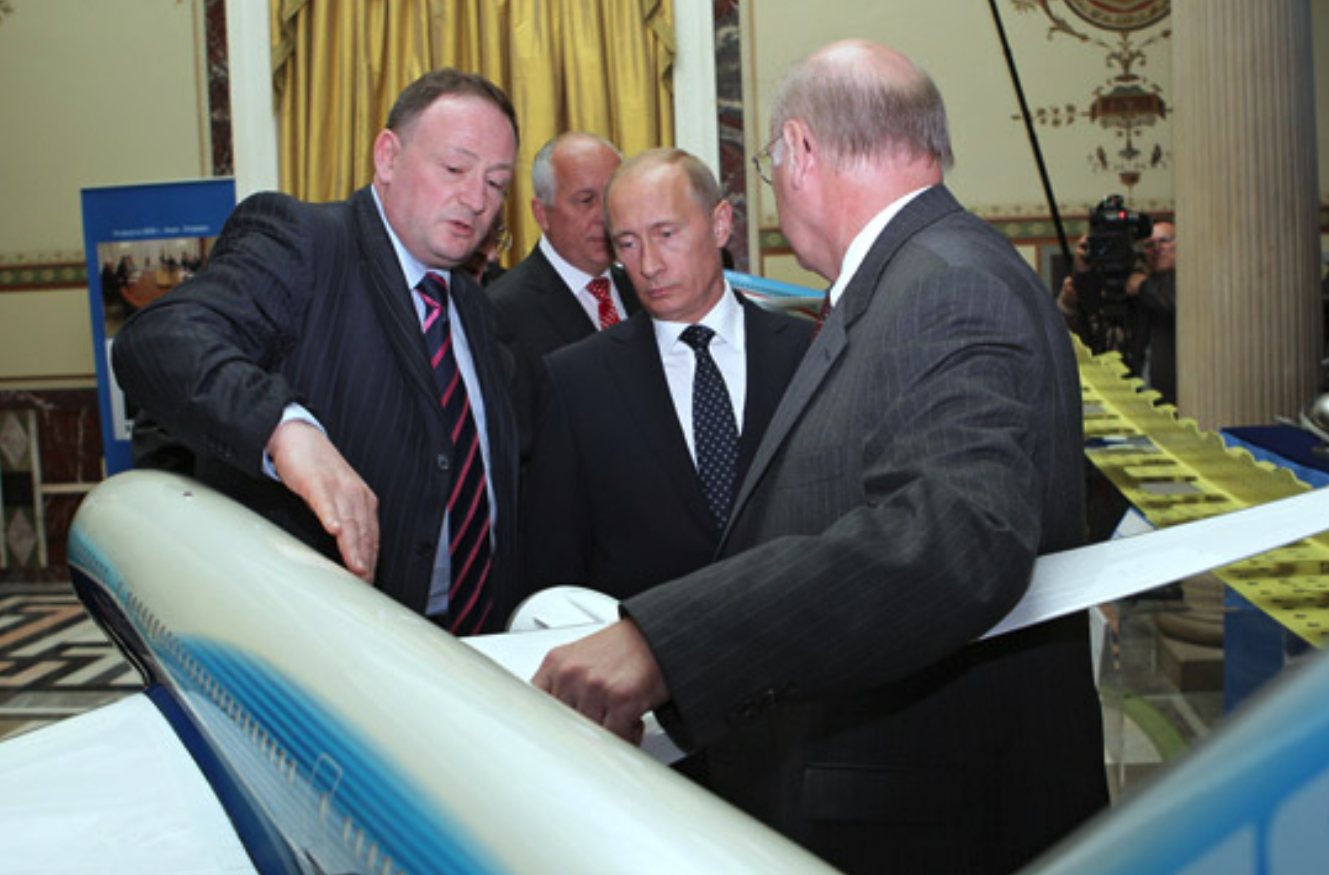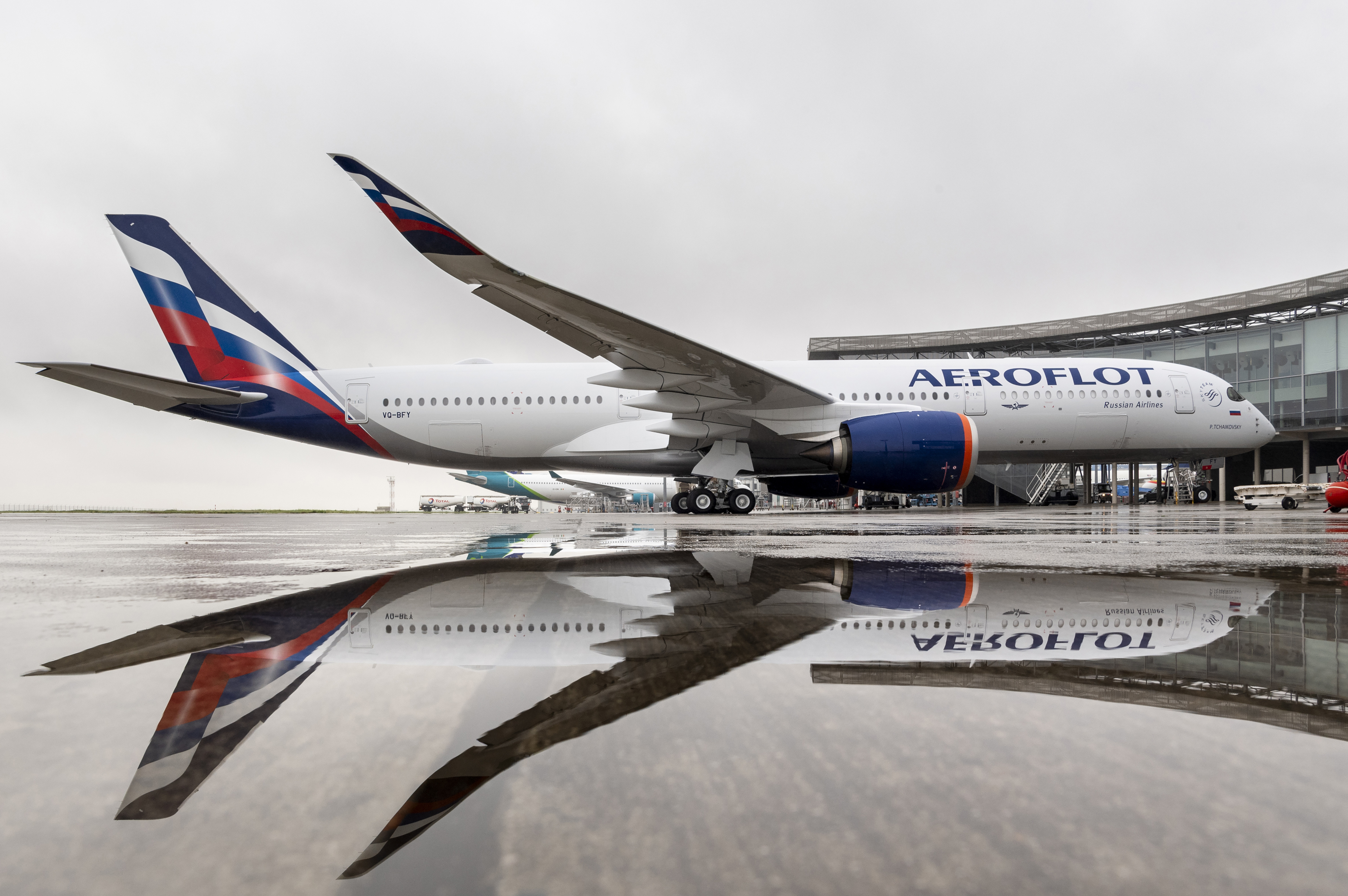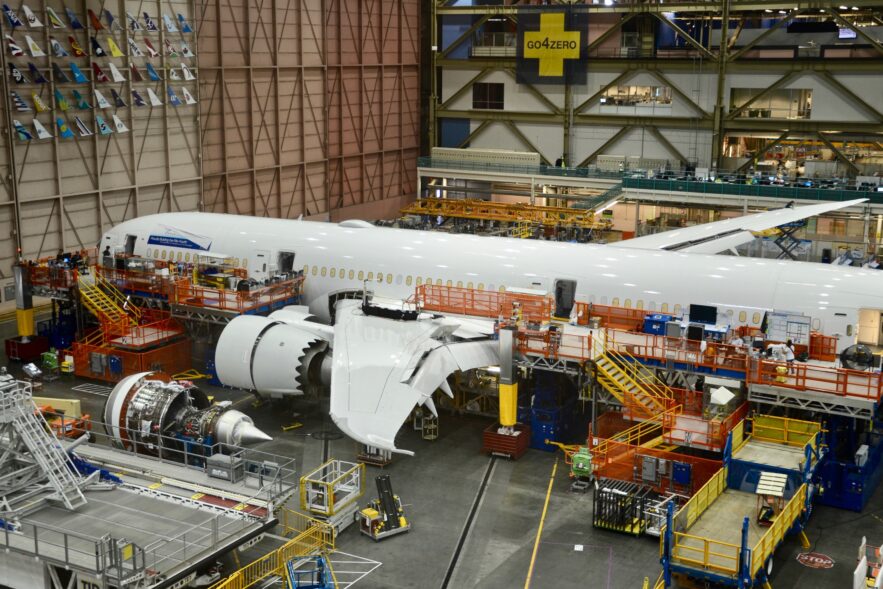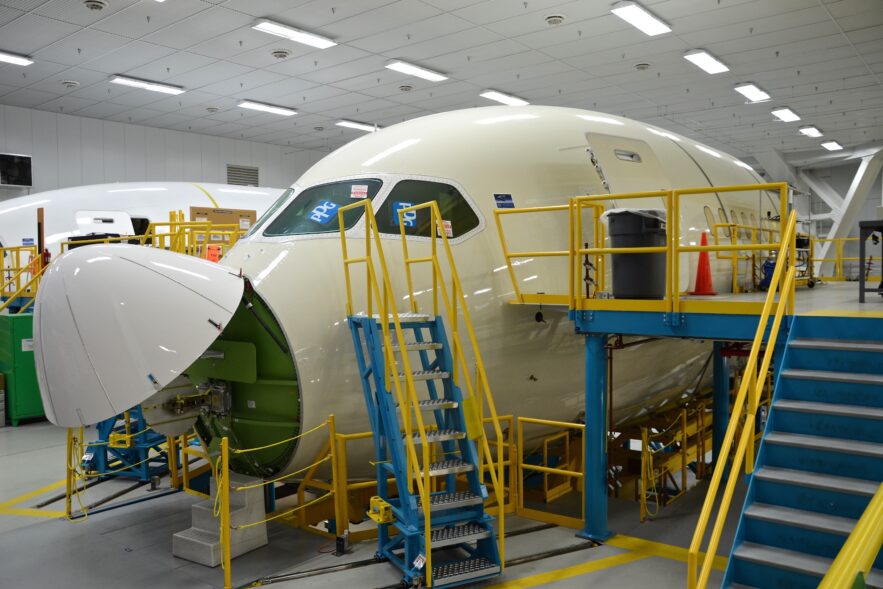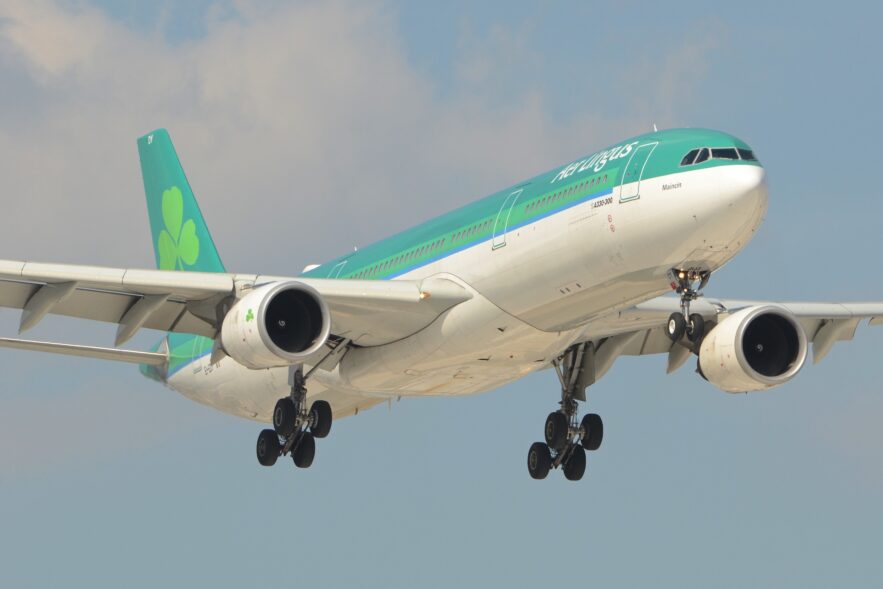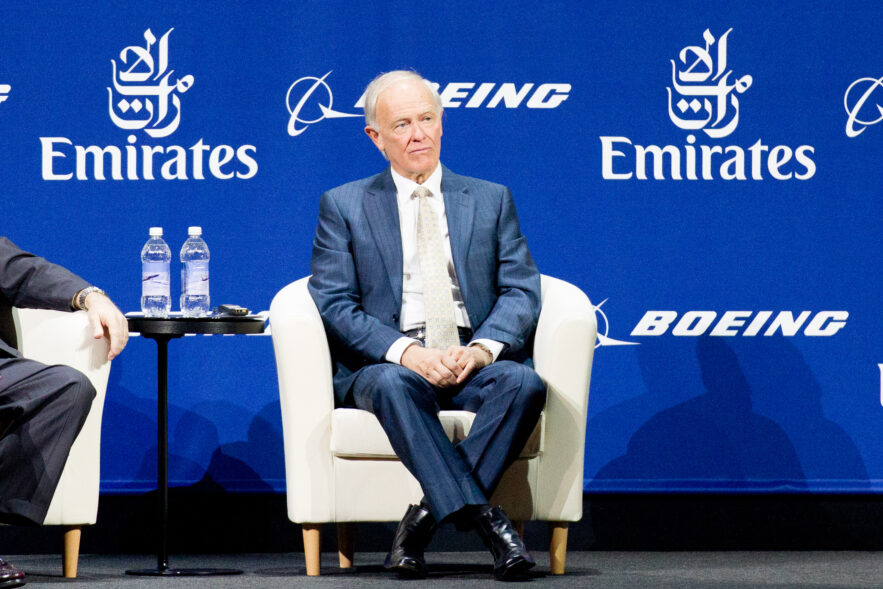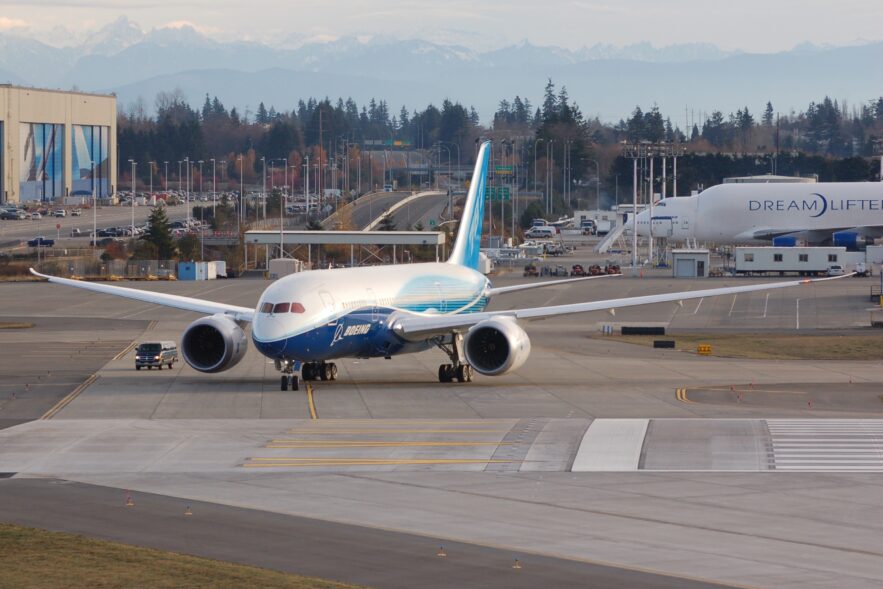The western civil & defense aerospace business has long believed that Russia could be its customer, supplier and adversary to its patron governments – all at the same time.
The threat of increased conflict between Russia and Ukraine and the resulting fall-out leaves the civil aerospace industry acutely vulnerable to everything from astronomical jet fuel prices and disrupted airspace to the potential for full-scale derailment of commercial aircraft production.
Beyond labor shortages, constrained maintenance capacity, and a still-significant portion of the world’s fleet parked, a previously unthinkable challenge faces the industry as the global economy marches on. We may not have enough airplanes.
While Boeing announced it would slow the rate at which it builds 787s in mid-July below five per month, some suppliers have halted work and deliveries of large structural sections by at least one major supplier won’t restart until at least October 26.
Dogged by languid demand for twin-aisle aircraft and a spate of inspections, rework and manufacturing quality issues on already-built 787s, a question of the program’s long-term profitability hangs over Boeing. In its decade of deliveries, Boeing has earned back about half of the more than $28 billion in 787 production costs it has consistently reassured Wall Street it will recover.
Even as Boeing works to explain its detailed statistical analysis to the Federal Aviation Administration of its inspection findings on its fleet of undelivered 787 Dreamliners, the company continues to disclose new issues with its aircraft that further disrupt its path toward resetting its production system and restarting deliveries.
United Airlines wants to fly supersonic with Boom's Overture. "We are pushing the boundaries of what we can do here in commercial aviation.”
Airbus is bringing its biggest aerostructures suppliers home as part of a far-reaching strategy to deeply integrate both its design and supply chain architecture together for future aircraft. A batch of more than 100 recently-delivered Boeing 737 Max aircraft remain grounded following a design change that inadvertently interrupted safe electrical discharge inside areas of the flight deck. And since the start of the pandemic the U.S. has led new aircraft ordering globally by a large margin.
The A330, Airbus's venerable twin, is stuck between aircraft that are better at being old and those that are better at being new.
“The wake up call of the Max was something that told them that all was not right.”
Pandemic was accelerant, not cause of decision to consolidate 787 final assembly to its North Charleston, S.C. plant.
Assembly of Boeing's long-range 787 will be done exclusively in South Carolina by mid-2021.
